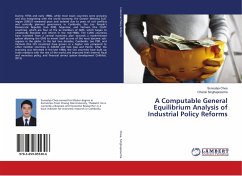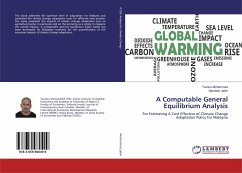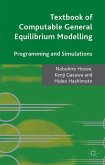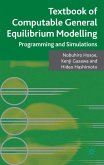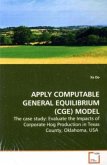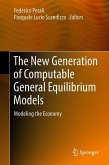During 1970s and early 1980s, while most Asian countries were growing and was integrating with the world economy, the Greater Mekong Sub-region (GMS)1 remained poor and isolated due to years of civil conflicts and centrally planned governance in Cambodia, the Lao People's Democratic Republic (Lao PDR), Myanmar, and Vietnam (the CLMV countries), which are four of the six members of GMS, which began to unilaterally liberalize and reform in the mid-1980s. The CLMV countries have transited from a central economic plan towards a market-based system allowing the GMS to invent itself as one of the most dynamic sub-regions in the globe. In the last two decades, Cambodia, Lao PDR, and Vietnam (the CLV countries) have grown at a higher rate compared to other member countries in ASEAN and East Asia and Pacific. After the economy was reformed in the late 1980s, the CLV countries have built up trade relations with the rest of the world and improved their internal fiscal and monetary policy, and financial service system development (Srithilat, 2013).

